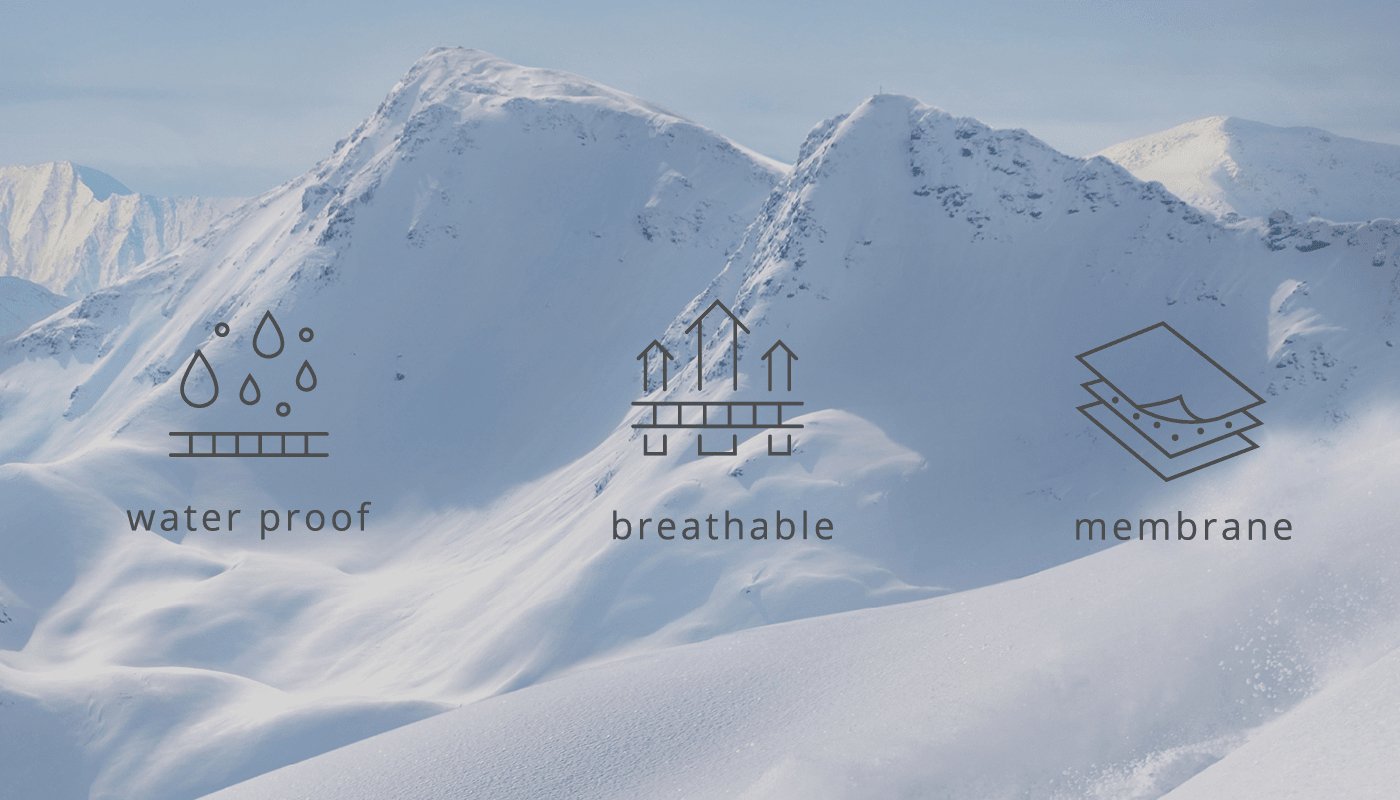When it comes to buying technical apparel (or any technical product for that matter), there is always a balance between too much and not enough detailed information for most consumers. On one hand, as consumers, we often just want to know what ratings are "good" vs "less good" and how the product will perform for us. But with many brand choices on the market, it is often hard to tell what products are best when brands talk about "100% This" or "World-class That." Trying to figure out how waterproof and breathable a waterproof/breathable jacket or pair of pants really are, is a perfect example when shopping for winter outerwear.
Because some brands do confuse the issue by talking about "100% waterproof" or "completely waterproof," thankfully there are industry standard tests and ratings that any consumer can look at to really tell the difference.
As we outlined in the What Makes Good Waterproof / Breathable Youth Gear for Snow Sports blog post, a rating of 15k/15k is better than 10k/10k, and 10k/10k is only sufficient for short periods of time, mildly active kids, and days with minimal condensation. Anything less than 10k/10k (or not named at all in a product description), should generally be avoided if you are looking for waterproof and breathable.
What the Ratings Mean
Waterproofness and Breathability ratings are separate measurements but are presented together because it is the single waterproof/breathable membrane that accomplishes both. And, to drill in a level deeper, the more detailed rating of that 15k/15k jacket is: 15k mm / 15k g/m2/24hr.
What the Waterproof Rating Means:
In that 15k/15k rating, the first number measures the waterproof rating. The “k” is thousands and the “mm” is millimeters. A 15k mm rating means that until you reach 15,000 millimeters of water, in a 1-inch diameter column, stacked on top of the fabric, the water will not penetrate the membrane. Obviously a 10k rating would absorb the water with only 10,000 mm of water sitting on the fabric.
What the Breathability Rating Means:
In the 15k/15k rating (15k mm / 15k g/m2/24hr), the second number measures breathability. The “g” is for grams, the “m2” is meters squared, and the “24hr” refers to a 24 hour period. What this rating, therefore, means is that 15,000 grams of moisture vapor will be able to pass through one square meter of the membrane in a 24 hour period. The higher the number, the more breathable, the lower the number, the less breathable.
The ratings for waterproofness and breathability will not always be the same value, (ie. 15k/15k). Some membranes will have different ratings for waterproofness and breathability dependent on their intended use. For example, a rain coat designed for walking in the city may have 10k/5k rating as the product is not being designed for prolonged exposure to moisture or high exertion levels.
So, there you have it. Not the full scientific explanation by any means, but hopefully enough information to decipher these ratings and know what to look for. If you do have questions about this or any other technical specification in SHRED DOG gear, please just let us know!
And if you want to learn how a durable water repellent (DWR) helps a waterproof/breathable membrane work better, check out this related post: Why a DWR is Necessary But Not Sufficient for Waterproof Youth Gear.









